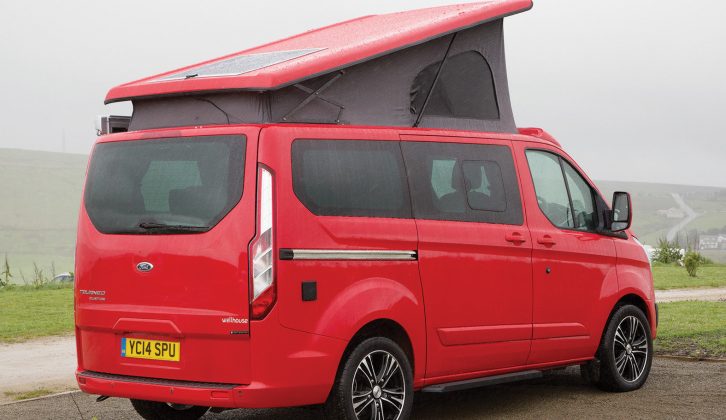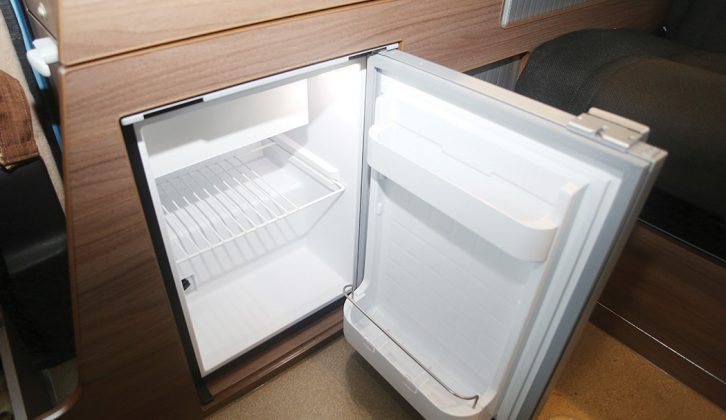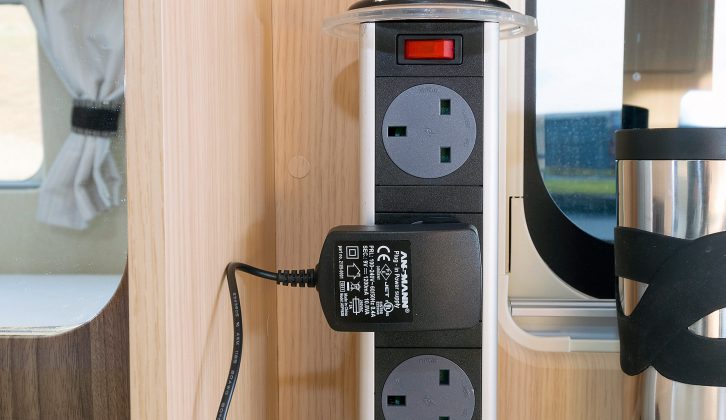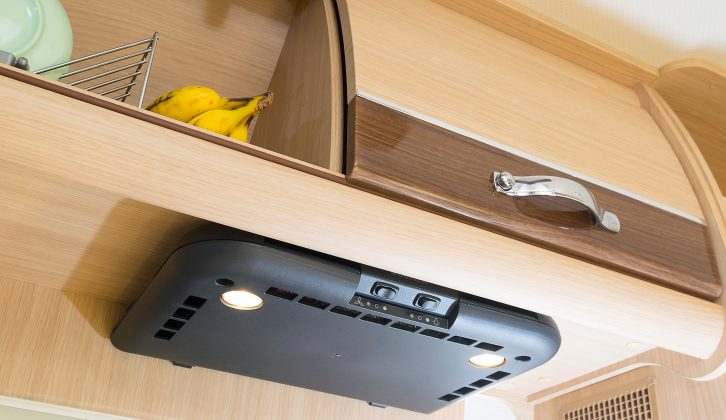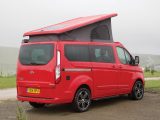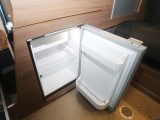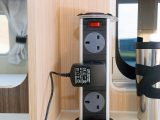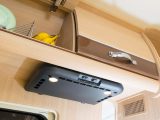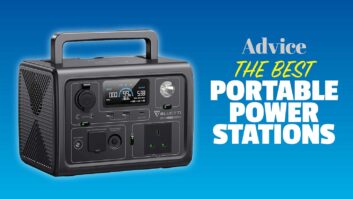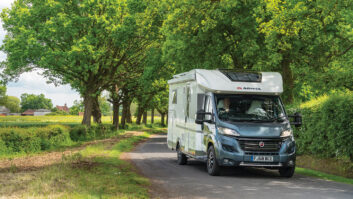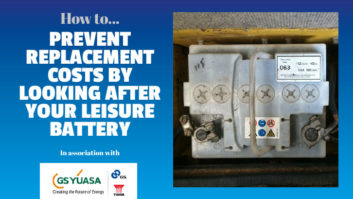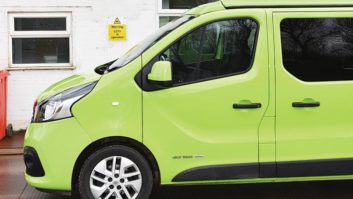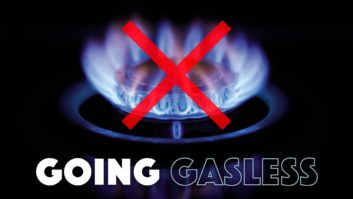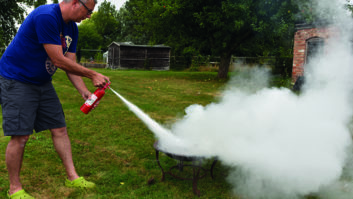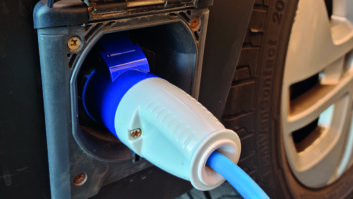Almost every motorhome will have at least one leisure battery. We rely on it to power our habitation lights, water pump, blown-air heating and every other piece of electric equipment when not connected to a hook-up bollard.
Still some people misunderstand the function and use of this vital organ. A battery is simply an energy store but, to store energy, you first have to put it into the battery. Most motorhomes offer two methods for charging the leisure battery: via the on-board mains charger when on hook-up and from the engine-driven alternator when on the road.
A modern motorhome’s mains charger will almost certainly be a multistage unit that is capable of charging the battery fully and maintaining this topped-up state. All you need to do is keep the ’van on hook-up and the charger switched on.
The alternator, on the other hand, will probably not charge the leisure battery fully. The reason is simple: it was designed to recharge the battery under the bonnet quickly after starting the engine and to power the vehicle electrics while driving. Responsibility for recharging a second battery wasn’t part of the original design specification.
However, the alternator ‘sees’ the discharged battery as a load and produces more current to accommodate it. As the battery voltage increases, the current drops. This generally happens quite quickly when recharging the starter battery, which is why alternators don’t generally recharge leisure batteries very well.
The other point about recharging leisure batteries is time. If you have a 100 amp hour (Ah) leisure battery and discharge it to 50%, then you need to replace 50Ah. If the alternator delivers 5A to the leisure battery, it will take 10 hours of driving to recharge it. Likewise, when using the mains charger, you need to leave it on for long enough to recharge the battery.
Most on-board chargers are 15-20A units, so they’d finish the job in around three hours. Bigger batteries or multiple batteries will take longer (assuming the same 50% discharge state).
No battery likes to be left in a discharged state so, after you’ve been away for a weekend of off-grid camping, hook up your motorhome to the mains for 24 hours to top up the batteries if you can’t leave it connected long-term.
There are other ways to add to your store of energy: solar and wind generators, fuel cells and even LPG-fuelled, engine-driven generators. Solar power has become very popular in recent years, possibly prompted by the drive to introduce it for generating household energy. As a result, the price of panels has plummeted.
One of the most frequently asked questions regarding solar is: “How big a panel do I need?” The answer has nothing to do with the size of the leisure battery, but how much 12V energy you use. A small camper fitted with just a couple of LED lights will probably manage with a small panel of around 50-60 watts (W). However, someone with a 9m-long tandem-axle rig with blown-air heating, a 22in TV and a compressor fridge, for example, will need closer to 150-200W of solar real estate. The most common size of panel that I fit is 80W.
Some electrical-distribution units (Sargent and Schaudt, to name two) can take the solar feed and distribute it to leisure and engine batteries as required. If you’re thinking of having a solar collector fitted, check whether yours has this facility and ask the installers to wire it in accordingly. Be aware that these systems often have a maximum solar wattage that they can handle, so ensure that the panel you choose does not exceed it.
Wind generators aren’t as popular, because they have to be taken down and stored for travelling. They can also be noisy.
Engine-driven generators can be useful and often have higher outputs than solar or wind, but they’re heavy, noisy and smelly beasts. Fuel cells are convenient and can even be run on LPG, but are painfully expensive, mostly because of the rare and semi-rare materials used to build them.
A keen motorcaravanner, Practical Motorhome’s technical expert Diamond Dave runs his own leisure vehicle workshop. Find out more at Dave Newell Leisure Vehicle Services.
Some people misunderstand the function and use of this vital organ
